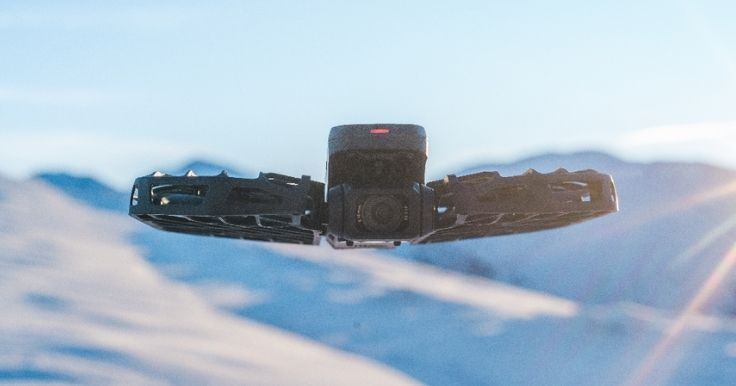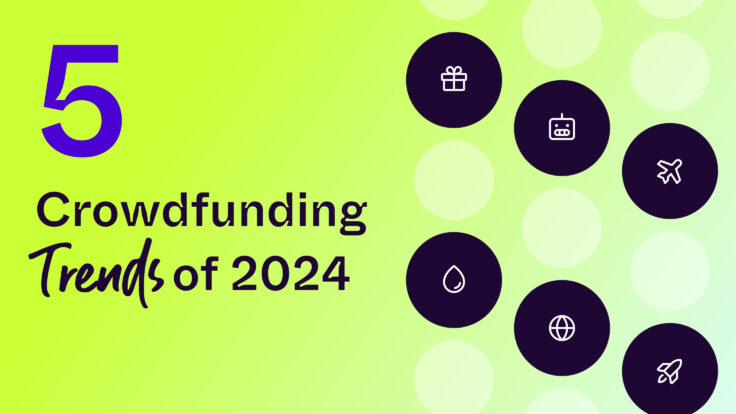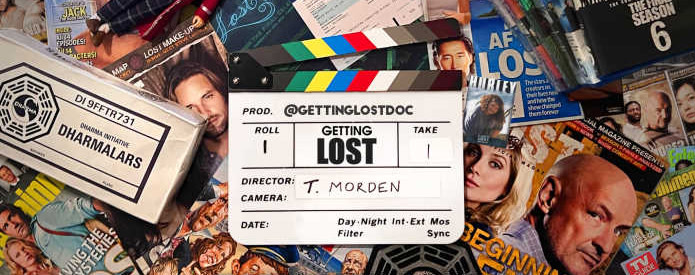Soon after leaving Columbia University, two female architecture graduates founded LuminLab; a design consultancy geared towards producing sustainable products. They came to IndieGoGo to fundraise to create their first product – the LuminAID Light. Buoyed by a quest to improve conditions in disaster relief areas across the world, their aim was to make light available to everyone by providing a product that was cost-effective, re-chargeable and portable. Their campaign garnered the attention of multiple influential press channels including The New York Times, Forbes, Treehugger, Inhabitat and Wired; all of which not only drove traffic to their campaign profile, but earned them an audience of fans and a wealth of contributors. They knew they needed $10K to make their lights and be able to distribute them there necessary. Their final total: $51,854!
IndieGoGo talks to Anna and Andrea, the Founders of LuminAID Lab and Creative Designers of the LuminAID Light:
Where did the inspiration for the design of the LuminAID lamp come from?
Andrea: I was watching television after the Haiti earthquake and Bill Clinton was on the news talking about how a donation as small as $5 could help bring light to the people stranded in the dark streets of Port-au-Prince. Whilst I was aware of other necessities in the wake of a disaster (the need for water, food, and medical supplies), I had not previously thought of light as a scarce resource in a crisis situation. Solar lighting seemed like an even better solution versus a traditional flashlight since the batteries are rechargeable. Haiti also receives lots of sunlight. When we researched what the solar lighting marketplace had to offer, we felt that existing solar lights were too expensive and bulky to be sent in the large numbers required in disaster relief aid. We asked ourselves the question: what could we design that would work better for victims of a disaster situation?
Anna: Our semester at Columbia Graduate School of Architecture started two weeks after the Haiti earthquake and our professor focused the design studio on rethinking relief aid. Many classmates were designing inflatable shelters because they pack flat, are inexpensive, and can be easily distributed. The tent cities were very unsafe at night, especially for women and children. People had lost everything and on top of it all they still had to worry about personal safety at night. We saw how a portable light could greatly improve the comfort, safely and survival of these victims. We applied the inflatable logic to a pack-flat lamp with the goal of creating a very simple, solar light that could be distributed with other relief supplies.
Andrea: Whilst we had no prior knowledge of solar circuit and inflatable manufacturing, we knew that part of the success of the design would be minimizing product costs long before we were ever even faced with the prospect of mass producing or selling the light. Throughout prototyping process, we made choices about the circuit and overall design with cost in mind. While this has been an ongoing challenge, it has also been satisfying to work to produce something that is low cost and fully functional.
Anna: The first prototype was made of a zip-lock bag, a sports bottle cap for the air valve, tissue paper lining the bag to diffuse the light, and a really simple solar circuit taped to the inside of the bag. We made it in our kitchen. My undergraduate degree in engineering had made me familiar with prototyping circuits. Within a few weeks, our apartment was full of different types of heat sealers, plastics, soldering irons, solar panels, solar lights, batteries, and LEDs. It was an extremely fun process to determine the best assembly methods and materials to use.
Can you talk us through your recent partnership with Pencils of Promise and why this type of collaboration was important for LuminAID Lab.
Andrea: We want children in remote parts of the world to learn about solar technology and how it can be used in their daily lives. One key challenge is creating access to new technologies in otherwise difficult-to-reach regions. Organizations such as Pencils of Promise facilitate this connection by introducing our lights to children in their schools.
Anna: Pencils of Promise does an incredible job at building schools, but they also show effective impact by empowering young people around the world to initiate their own fundraising and awareness campaigns. We admire this dual mission of building schools as well as solidifying a strong network of passionate supporters. They exemplify what it means to “Do It With Others.” The 3-day partnership resulted in over 450 LuminAIDs pledged to their schools in Laos. The partnership helped us realize how important all these different types of collaborations are to the success and reach of a social venture. We look forward to continuing to working with Pencils of Promise and finding creative ways to get LuminAIDs into the hands of the people that need them.
What is the ultimate vision for your small business consultancy?
Andrea: We want to reach as many people as possible through all applications of Light, whether as a light for camping and hiking, as a replacement for kerosene lanterns, or as an emergency light. Our goals are defined not in terms of sales but instead in terms of number of lives impacted. Additionally, we want to generate awareness about the problems that many face in lacking basic resources whilst also getting our customers excited to be a part of the solution through our “Give Light, Get Light” matching efforts.
Anna: We want to get our LuminAID lights to people around the world that will greatly benefit from a low-cost, safe, rechargeable light source. Working towards this vision, we would also love to raise awareness about the issues of energy poverty, encourage new ways of designing with solar, and form partnerships with organizations, companies, and individuals who want to help.
What else is on the horizon for LuminAID Lab?
Andrea: We look forward to offering the LuminAID light through online retail in the early part of 2012 and through select retail stores thereafter. We also hope to pursue even more partnerships with NGOs and organizations around the world who can use our light in their ongoing work in the field.
Anna: IndieGoGo has been a great jumpstart for LuminAID Lab! We are excited to get these first manufactured lights out there and continue to build partnerships. We are also excited to stay connected to the community of people that have contributed to the IndieGoGo campaign, to hear their feedback on the LuminAID light and post pictures of their trips. LuminAID Lab has a few other products in mind that we hope to launch in the future.
Image: Map showing locations in the world of IndieGoGo contributiors
Get the latest scoop from LuminAID Lab



You must be logged in to post a comment.